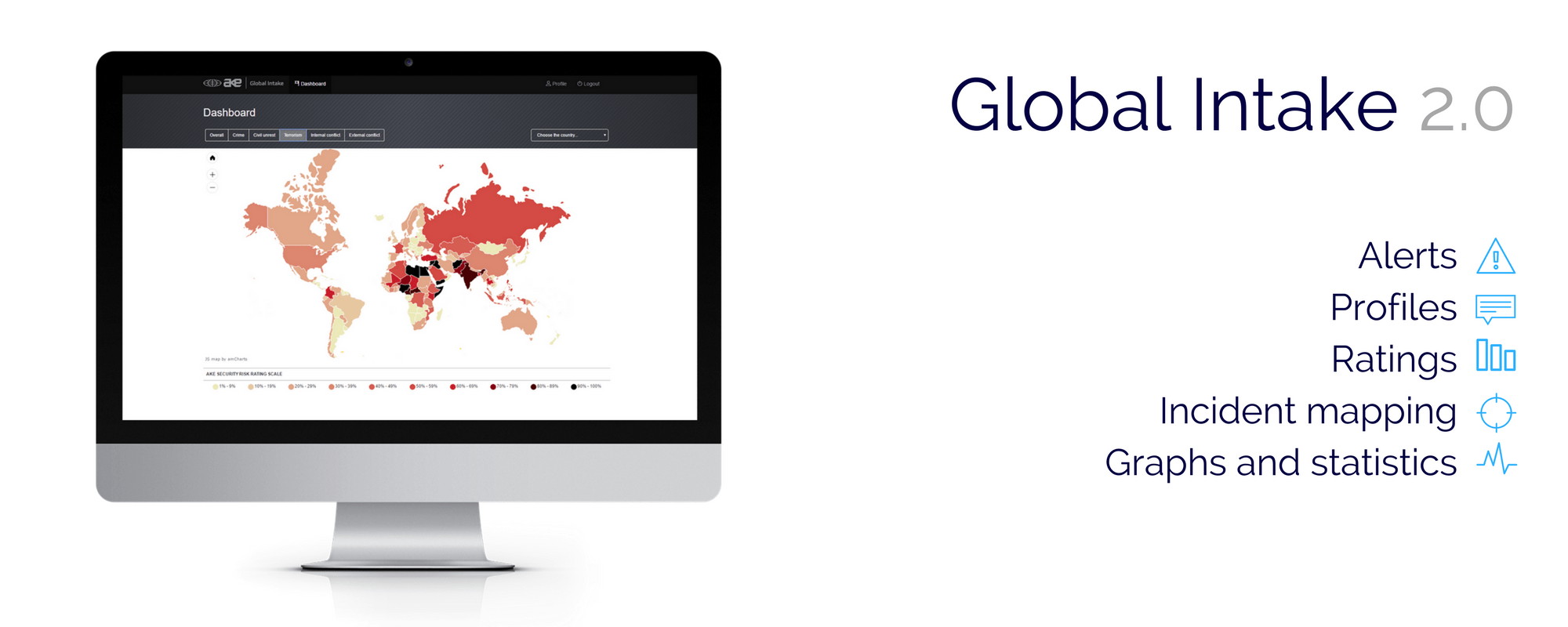Date first published: 04/03/2025
Key sectors: all
Key risks: war-on-land
Risk development
On 28 February a meeting between United States (US) President Donald Trump and Ukrainian President Volodymyr Zelensky at the White House ended in a disastrous public spat as the two leaders argued over Trump’s push for peace talks to end the war in Ukraine during a live press coverage. Zelensky challenged Trump’s “neutral” stance on Russia’s invasion and alleged Washington’s failure to back Kyiv. Trump and US Vice President JD Vance in turn accused Zelensky of not being “thankful” for US aid and failing to endorse Trump’s peace effort. Zelensky left Washington without signing a key minerals deal with the US after Trump cut their meeting short. Trump stated that Zelensky was “not ready for peace” and several US officials urged the Ukrainian president to change his stance on peace talks or resign.
Why it matters
The public spat in Washington raised fears in Kyiv and among Ukraine’s European allies that Trump was seeking to pressure Zelensky into making concessions to Russia in peace talks. Following their spat, on 3 March Trump suspended financing and aid for Kyiv until Zelensky agrees to peace talks with Russia. European leaders have rushed to shore up support for Ukraine in response, seeking to salvage peace talks and act as intermediaries amid the deepening feud. On 2 March the United Kingdom (UK) and France pledged to work with Ukraine on a ceasefire proposal to present to the US. However, divisions among Western allies risk hampering efforts to find a consensus on how to end the conflict. Kyiv also fears that an initial ceasefire would enable Moscow to regroup before renewing attacks. Meanwhile, the waning US support for Ukraine will undermine Kyiv’s ability to defend itself against Russia’s invasion and could weaken Ukraine’s hand in future peace talks.
Background
Since his inauguration on 20 January, Trump has rapidly pushed for peace talks and moved to restore bilateral relations with Russia. On 18 February the US held high-level talks with Russia in Saudi Arabia – without inviting Ukrainian or European officials – and agreed to restore diplomatic ties. US Defence Secretary Pete Hegseth also appeared to make several pre-negotiation concessions, ruling out NATO membership for Kyiv or sending US troops to Ukraine and stating that a return to Ukraine’s pre-2014 borders was unrealistic. Moscow has responded positively to Trump’s overtures, which prompted criticism from Kyiv and European leaders that Washington was siding with Moscow and abandoning its support for Ukraine’s sovereignty and territorial integrity.
The public spat between Trump and Zelensky followed weeks of tensions between the two sides. On 15 February Zelensky rejected a deal proposed by Trump which would grant the US control of up to US$500bln worth of Ukraine’s critical mineral deposits, which Trump claimed would compensate Washington for military aid provided to Kyiv. However, Zelensky stated the offer included no security guarantees that Ukraine has been demanding to prevent future Russian aggression. The tensions escalated after on 19 February Trump called Zelensky “a dictator without elections” and warned him to “move fast” on peace talks “or he is not going to have a country left”. This came after Zelensky suggested Trump was misled by Russian disinformation following Trump’s apparent remarks that Kyiv had started the war in Ukraine – comments which Trump later withdrew.
Risk outlook
While the halt of US aid for Ukraine is unlikely to significantly affect Kyiv’s defence efforts in the immediate future, a prolonged suspension of supplies would see Kyiv run out of US weapons by the summer and limit Ukrainian air defence capabilities against Russian aerial attacks. Trump and Zelensky’s publicised spat has prompted European efforts to replace US support, which will boost Ukraine’s morale but are unlikely to materialise in the short-term. European leaders urged Zelensky to mend his ties with Trump and back his peace efforts, and on 4 March Ukrainian officials signalled they would do all they can to repair the ties. The anticipated signing of the minerals deal will partly ease tensions in the coming days, but tensions will persist as the US refuses to provide any security guarantees to Ukraine or a backstop to a potential post-conflict European peacekeeping force, without which Kyiv and European leaders fear Russia would not be deterred from further attacks.



